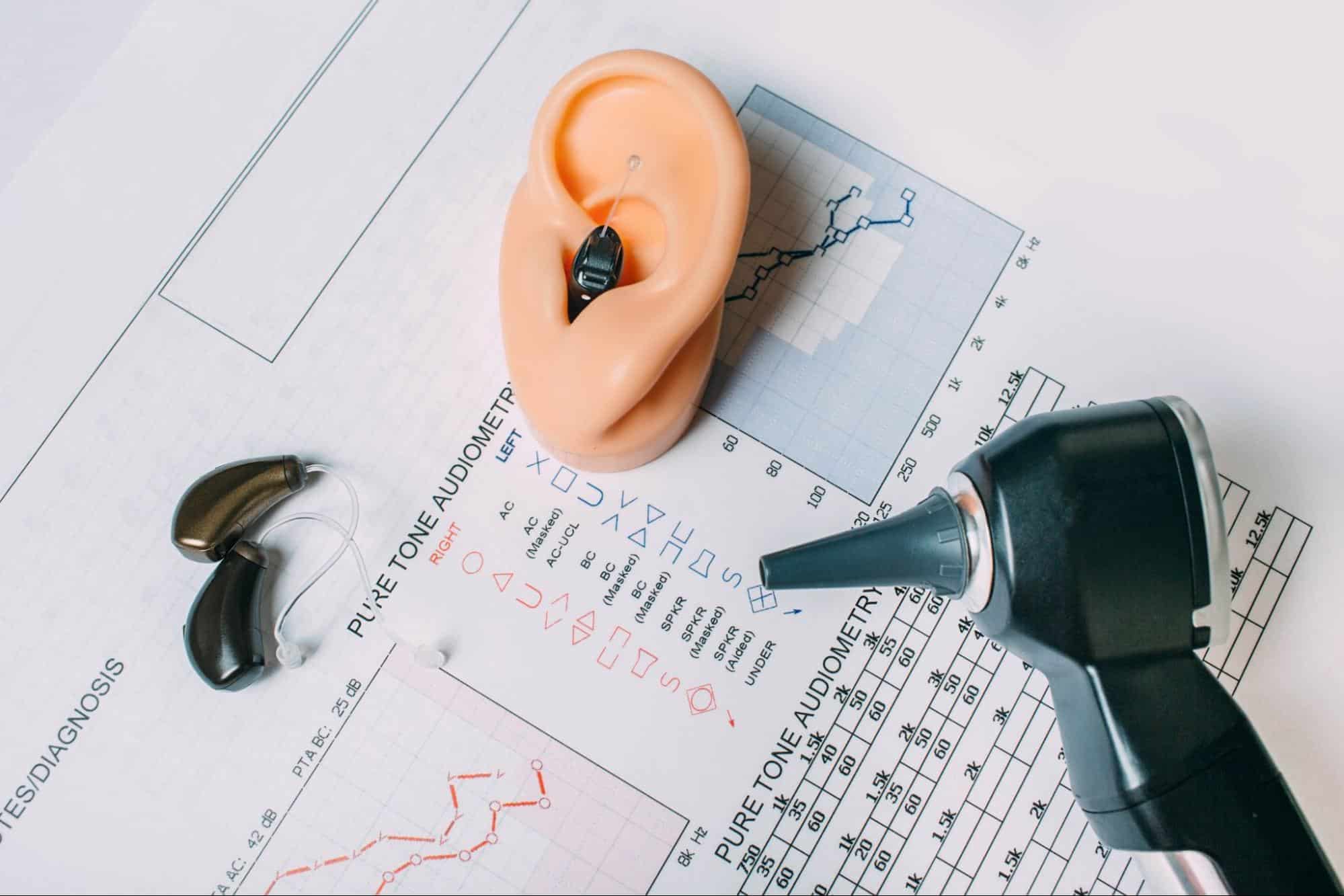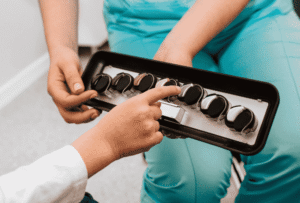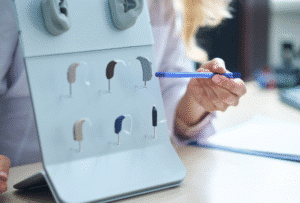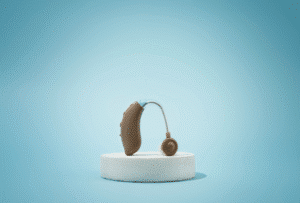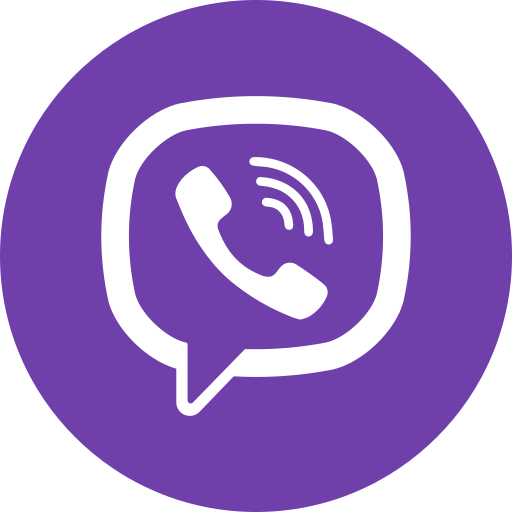Hearing issues can deeply affect how individuals connect, communicate, and engage with the world around them. As such, it’s vital to undergo a hearing test to accurately assess one’s hearing condition. This step is not just about diagnosis—it’s about gaining access to the necessary tools and resources to overcome auditory challenges and enhance daily interactions. In the Philippines, there are various types of hearing tests tailored to meet the specific needs of different age groups. Here’s a closer look at what to expect from each type of test, ensuring you receive the most appropriate support for your unique hearing profile.
1. Pure-tone Audiometry (PTA)
Pure-tone audiometry is one of the most common types of hearing tests suitable for individuals above age six. This test methodically evaluates the ability of a person to hear various frequencies and intensities of sounds. During the test, the individual wears headphones through which specific tones with varying pitches and volume levels are played into one ear at a time. The results of this test are then plotted on an audiogram.
2. Aided Test
Often conducted as a follow-up to pure-tone audiometry, an aided test is conducted to assess the effectiveness of an individual’s hearing aids. The test is performed while the individual is wearing hearing aids to verify that the hearing aids are properly amplifying sounds and that they are correctly tuned to the user’s specific hearing loss profile.
3. Conditioned Play Audiometry (CPA)
Conditioned play audiometry is a type of pediatric hearing evaluation that assesses hearing in young children, typically between the ages of 2 to 5 years. This test incorporates play-based activities into the hearing assessment process. During the test, the child wears headphones and is taught to perform a simple, game-like task in response to hearing certain sounds. The audiologist carefully observes the child’s responses to determine their hearing thresholds.
4. Tympanometry/Impedance Audiometry
Tympanometry, also known as Impedance Audiometry, is a diagnostic test that assesses the condition of the middle ear, movement of the eardrum (tympanic membrane) and the small bones of the ear (ossicles). This hearing test is particularly useful for assessing fluid in the middle ear, ear infections, or any blockages that could affect hearing. During the test, a small probe is placed in the ear canal to measure how the eardrum reacts to these pressure changes, and this data is recorded as a tympanogram.
5. Visual Reinforcement Observation Audiometry
Used for infants and toddlers, the Visual Reinforcement Observation Audiometry is a specialized hearing test designed primarily for young children. This method assesses a child’s hearing ability by using visual stimuli to reinforce auditory responses, making it particularly effective for infants and toddlers who may not be able to communicate or participate actively in more conventional hearing tests.
During the test, the audiologist will observe how the child reacts to different sounds, after which they will be rewarded with a visual stimulus like a light or picture.
6. Otoacoustic Emission Test (OAE)
Otoacoustic Emissions is a type of hearing screening used to evaluate the function of the inner ear. Using a small probe containing a microphone and speaker, the audiologist will place the device into the ear canal, emitting a series of soft sounds or clicks. The microphone will pick up the responding echoes, if any, and the results will be recorded for analysis.
7. Speech Audiometry Test (SAT)
Speech Audiometry Test evaluates the ability to understand speech and differentiate speech sounds. It involves listening to spoken words at different volumes and repeating them back. This hearing test aims to help tailor auditory interventions for clearer speech comprehension.
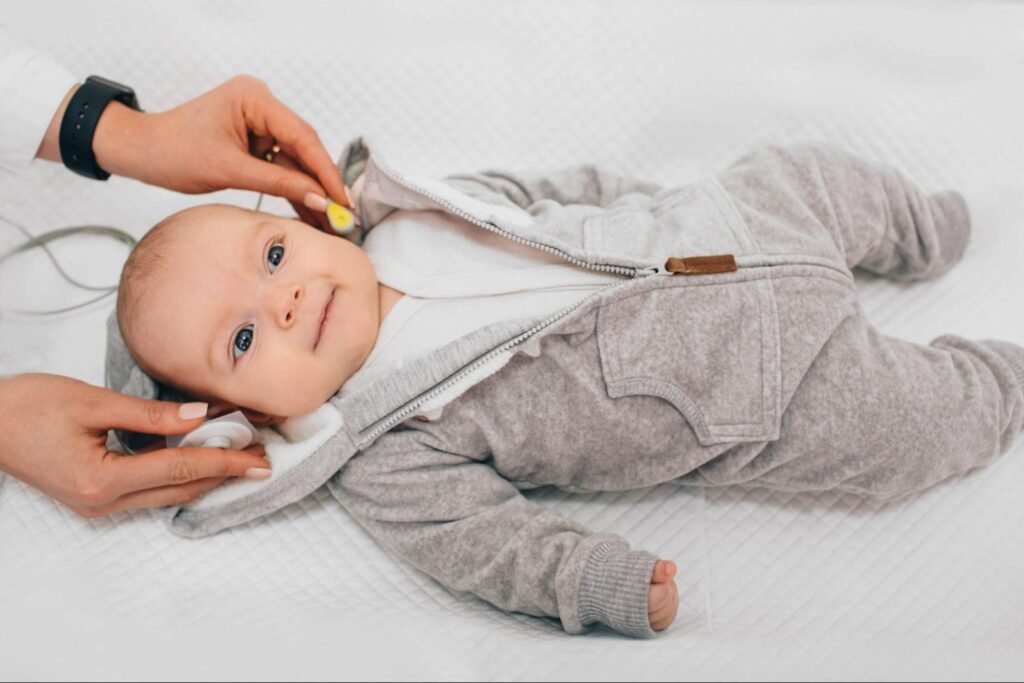
8. Auditory Brainstem Response (ABR) and Auditory Steady State Response (ASSR)
The Auditory Brainstem Response (ABR) and Auditory Steady State Response (ASSR), evaluates how the inner ear and the auditory brain pathways function. It’s particularly useful for newborn screenings or individuals unable to participate in standard behavioural hearing screenings. During the ABR and ASSR test, the individual will wear earphones while electrodes attached to the scalp record brain wave activity in response to the sounds emitted. The data collected will then be analyzed through a computer printout, allowing for precise monitoring and evaluation of the auditory system’s response.
Have Your Hearing Evaluated by Professionals
Visit a Philippine hearing aid center today and take a hearing test so that you can get the tools and resources you need to adjust to your condition and live life to the fullest. By partnering with a hearing specialist, you can benefit from expert guidance and tailored solutions that can address your specific hearing disorder.
If you’re looking for a quick and accurate assessment, try our online hearing test to get a preliminary evaluation from the comfort of your home. It’s an easy first step towards better hearing health, allowing you to understand your condition before visiting a specialist.
